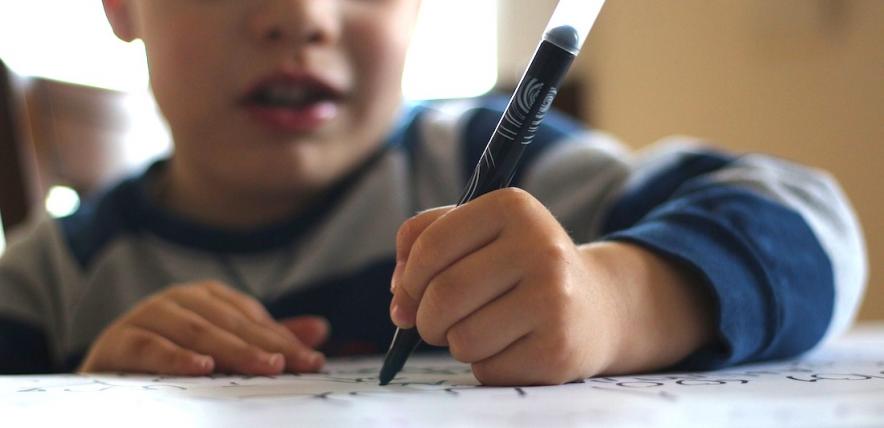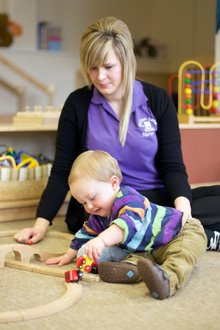Today is Lefthanders Day which aims to raise awareness of some of the challenges left-handed people face in their daily life. But should you be worried if your child is showing signs of being left-handed?
In a world seemingly geared towards right-handedness it is sometimes troubling for parents to see their baby or toddler preferring to use their left hand, rather than right — especially when no-one else in the family is left-handed.
Fifty or so years ago a teacher might have removed a pencil from a left hand and put it in the right because it was deemed to be the correct way, but those days are long over. Left-handedness is now accepted as a completely normal aspect of a child’s development.
A child’s handedness will be fixed before they’re born and won’t be immediately apparent when they are an infant.
Experts believe that if both parents are left-handed there is a 50-50 chance that a child will be left-handed too. But if neither is left-handed then that probability falls to about 2%.
As recently as 2007 it was discovered that a gene on the father’s side can contribute to left-handedness, so it is something researchers are learning about all the time. About 10% of people are left-handed.
Is being left-handed a disadvantage?
Generally speaking, if the left hand is more dominant than the right it means the right side of the brain is more dominant. This is often associated with enhanced intuition, emotion, imagination and creativity. Left-handed people are also believed to be better at thinking outside the box and problem-solving, which could be a big advantage as your child approaches school age.
On many levels, there has never been a better time to be left-handed. Everyday items such as scissors, pencil grips and musical instruments are now available to deal with the subtle differences in movement of left-handers so there is no need for a child to feel they are disadvantaged or missing out.
What are the hardest skills for left-handers?
Some tasks may seem a little harder to learn, however. Tying shoe laces for example can be difficult to master if a right-handed person is doing the teaching. Instead of referring to left and right, you could use phrases such as ‘use the hand nearest to the door’ so your child doesn’t pick up the notion that there is a correct or incorrect way of doing something.
Probably the most difficult thing to gets to grips with as a left-handed child is learning to write.
A left-hander will often cross a t from right to left, or write an s or the number 5 from the bottom up. They may also need to find a pencil or pen grip that is appropriate for left-handedness so they can hold the implement correctly.
Education experts believe that a child should be allowed to explore the best hand-writing methods for them, and to accept that their way of learning to write will differ from that of a right-hander.
Tilting the paper as they write will ensure that they don’t smudge or obscure their work as they’re writing, and it helps to prevent their body getting in the way of the arm while they write.
What if my child doesn't like being left-handed?
Children in nursery or school should have their needs met and should not be made to feel different. If you think this is the case then talk to your child’s teacher or key person.
If your child doesn't like being left-handed because it makes them different from their peers, you can assure them that some of the most famous, creative, sporty and powerful people in the world have been left-handed, including Prince William, Barack Obama, Paula Radcliffe and Eminem.
Your child’s left-handedness is no barrier to their development, achievements or success. It is just a natural part of who they are.
Written by Dorothy Lepowksa-Hudson for the Alliance
Further reading:
Where next?
9 skills to help your child develop robust mental health
Fussy eaters: how to handle meal times







